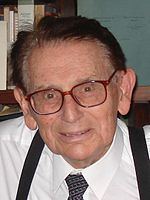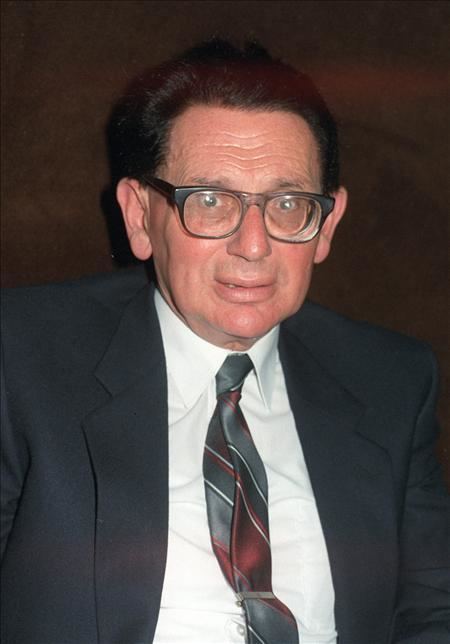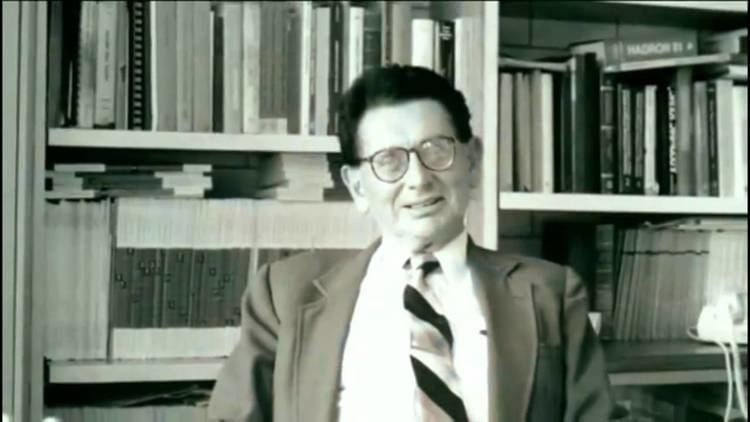Nationality Mexican Role Physicist Name Marcos Moshinsky | Fields Elementary particles | |
 | ||
Known for Transformation parenthesis for harmonic oscillator functions Books The Harmonic Oscillator in Modern Physics: From Atoms to Quarks Similar People Eugene Wigner, Octavio Novaro, Leopoldo Garcia‑Colin, Ben Roy Mottelson, Aage Bohr | ||
Doctoral advisor Eugene Paul Wigner | ||
Enlace jud o quien fue marcos moshinsky who was marcos moshinsky
Marcos Moshinsky Borodiansky (Russian: Маркос Мошинский Бородянский; Ukrainian: Маркос Мошинскі; 1921–2009) was a Mexican physicist of Ukrainian-Jewish origin whose work in the field of elementary particles won him the Prince of Asturias Prize for Scientific and Technical Investigation in 1988 and the UNESCO Science Prize in 1997.
Contents
- Enlace jud o quien fue marcos moshinsky who was marcos moshinsky
- Escuela latinoamericana de fisica marcos moshinsky inauguracion julio 24 2017
- Early life
- Career
- References

Escuela latinoamericana de fisica marcos moshinsky inauguracion julio 24 2017
Early life

He was born in 1921 into a Jewish family in Kiev, Ukrainian SSR. At the age of three, he emigrated as a refugee to Mexico, where he became a naturalized citizen in 1942. He received a bachelor's degree in physics from the National Autonomous University of Mexico (UNAM) and a doctorate in the same discipline at Princeton University under Nobel Laureate Eugene Paul Wigner.
Career

In the 1950s he researched nuclear reactions and the structure of the atomic nucleus, introducing the concept of the transformation parenthesis for functions of harmonic oscillation, which, together with the tables elaborated in collaboration with Thomas A. Brody, simplified calculations in the nucleus layer models and became an indispensable reference for the study of nuclear structures. In 1952, his work on the transient dynamics of matter waves led to the discovery of diffraction in time.

After completing postdoctoral studies at the Henri Poincaré Institute in Paris, France, he returned to Mexico City to serve as a professor at the UNAM. In 1967 he was chosen president of the Mexican Society of Physics and in 1972 he was admitted to the National College. He was the editor of several international scientific reviews, including the Bulletin of the Atomic Scientists, and authored four books and more than 200 technical papers. He received the Mexican National Prize for Science (1968), the Luis Elizondo Prize (1971), the Prince of Asturias Prize for Scientific and Technical Investigation (1988) and the UNESCO Science Prize (1997).

While practising physics, he wrote a weekly column in the newspaper Excélsior on Mexican politics.

